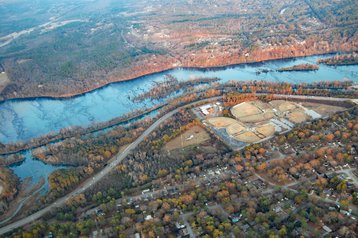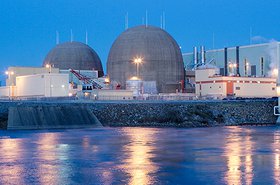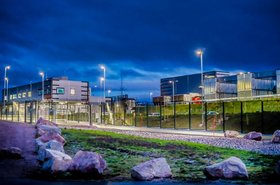The Department of Energy (DOE) is seeking proposals to build clean energy sources on its land at Savannah River, South Carolina.
At the same time, the previously unreported RFQ notes that proposals could include end-user loads such as data centers.
As part of a broader government effort to help the US decarbonize, the DOE plans to lease out unused land to clean energy providers.
At the Savannah River site, the government "anticipates that there may be multiple carbon-free energy (CFE) generation facilities, with each located on a different tract of the property."
Solar power is specifically mentioned in one leasing letter, but in a Q&A document the DOE said that "any carbon‐free technology will be considered," with additional consideration given to projects with "higher CFE production output given the characteristics of the site and market conditions.”
Another potential CFE power source highlighted by the DOE are small modular reactors (SMRs), with the department originally announcing plans to deploy three SMRs at the site way back in 2012.
The SMRs from Hyperion Power Generation and NuScale never arrived, but the DOE did complete an SMR siting study available to CFE proposals.
“The Government is also open to considering proposals that include development of co‐located load, such as data centers," and hydrogen plants, the RFQ said.
The Savannah River Site was built in the '50s to refine nuclear materials for nuclear weapons. In 1955, a heavy water and tritium nuclear power plant was built at the site, which suffered from numerous accidents, requiring environmental cleanup from 1981.
In 2014, the MOX Fuel Fabrication Facility was built to process Russian weapons-grade plutonium as part of a nuclear non-proliferation agreement. A report by the National Nuclear Security Administration found that the site could cost as much as $47bn over 20 years, but the plant was shut down in 2019.
Plutonium at the site has been an ongoing point of contention between the federal and state governments, with a 2020 settlement of $600 million. Alongside the settlement, the largest in South Carolina's history, the federal government agreed to remove the remaining 9.5 metric tons of plutonium stored at the site by 2037.





